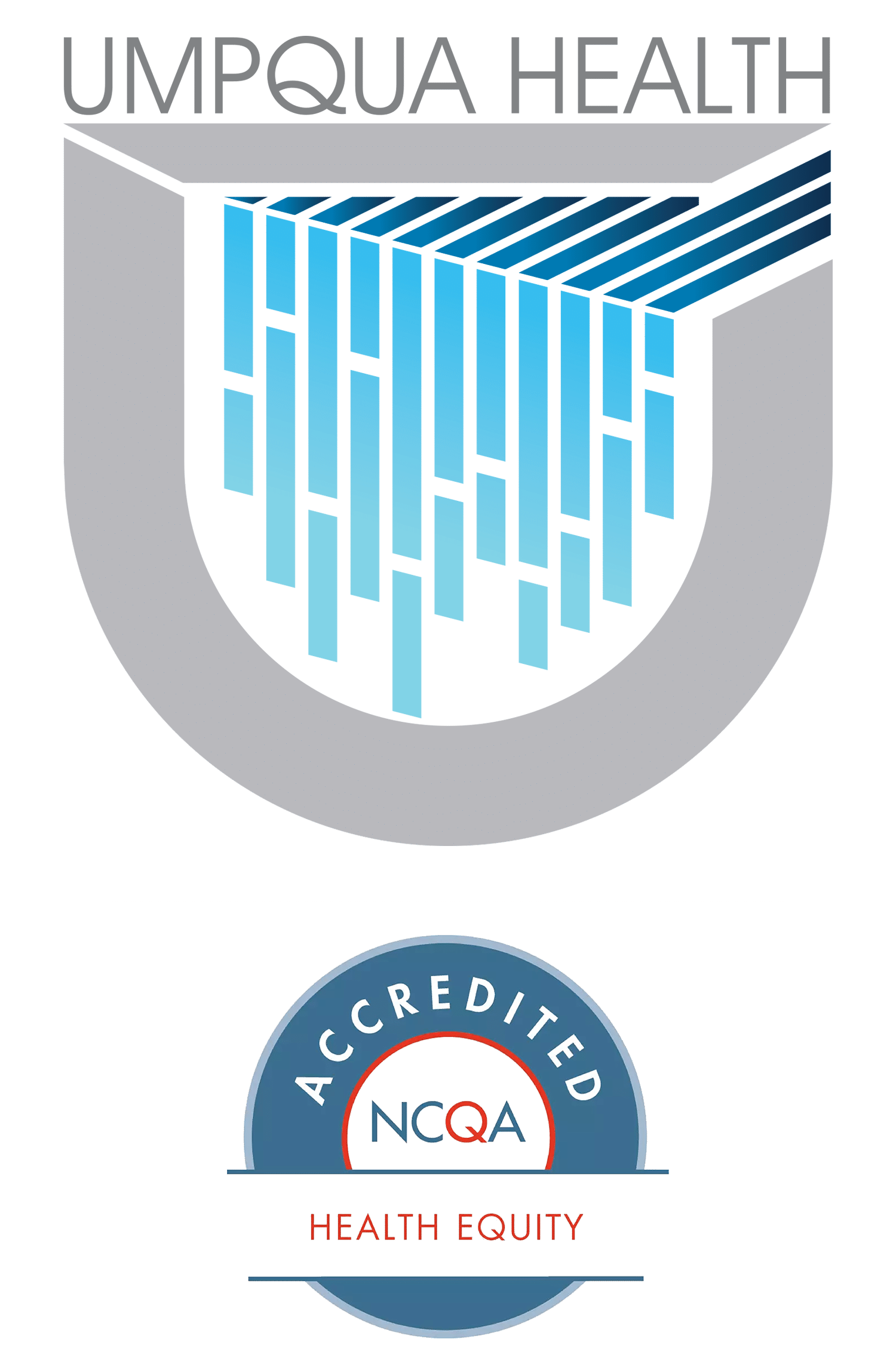Coping with COPD for better breathing
Chronic obstructive pulmonary disease (COPD) refers to a group of diseases that cause airflow blockage and breathing-related problems including emphysema and chronic bronchitis. More than 16 million Americans with diagnosed COPD have difficulty breathing and millions more people suffer from undiagnosed COPD and are not receiving treatment.
Symptoms of COPD include:
- Frequent coughing or wheezing.
- Excess phlegm, mucus, or sputum production.
- Shortness of breath.
- Trouble taking a deep breath.
Complications related to COPD include difficulty walking or climbing stairs, requiring a portable oxygen tank, increased confusion or memory loss, and having other chronic diseases.
What causes COPD?
In the United States, tobacco smoke is a key factor in the development and progression of COPD. Exposure to air pollutants in the home and workplace, genetic factors, and respiratory infections also play a role.
People should try to avoid inhaling tobacco smoke, home and workplace air pollutants, and respiratory infections to prevent developing COPD. Early detection of COPD may change its course and progress.
How is COPD diagnosed and treated?
A simple spirometry test measures lung function and detect COPD in anyone with breathing problems.
There is no cure for COPD, but treatment can alleviate symptoms, decrease the frequency and severity of exacerbations, and increase exercise tolerance. Treatment requires a careful and thorough evaluation by a physician. Options that your physician may consider include:
- Quit smoking and avoid tobacco and other smoke. For people who smoke, the most important part of treatment is smoking cessation.
- Pulmonary rehabilitation is a personalized treatment program that teaches COPD management strategies to improve quality of life. Programs may include plans that teach people how to breathe better and conserve their energy, as well as provide advice on food and exercise.
- Take medication. Symptoms such as coughing or wheezing can be treated with medication.
- Avoid lung infections. Lung infections can cause serious problems in people with COPD. Certain vaccines, such as flu and pneumococcal vaccines, are especially important for people with COPD. Learn more about vaccination recommendations. Respiratory infections should be treated with antibiotics, if appropriate.
- Use supplemental oxygen. Some people may need to use a portable oxygen tank if their blood oxygen levels are low.
To learn more about COPD, visit the CDC Resources page.
Who does COPD affect?
Chronic lower respiratory disease, one form of COPD, was the fourth leading cause of death in the United States in 2018. Almost 15.7 million Americans (6.4%) reported that they have been diagnosed with COPD, but more than 50% of adults with respiratory issues were not aware that they had COPD, so the actual number may be higher.
The following groups are more likely to report COPD:
- Women
- People 65 and older
- American Indians/Alaska Natives and multiracial non-Hispanics
- People who were unemployed, retired, or unable to work
- People with less than a high school education
- People who were divorced, widowed, or separated
- Current or former smokers
- People with a history of asthma




